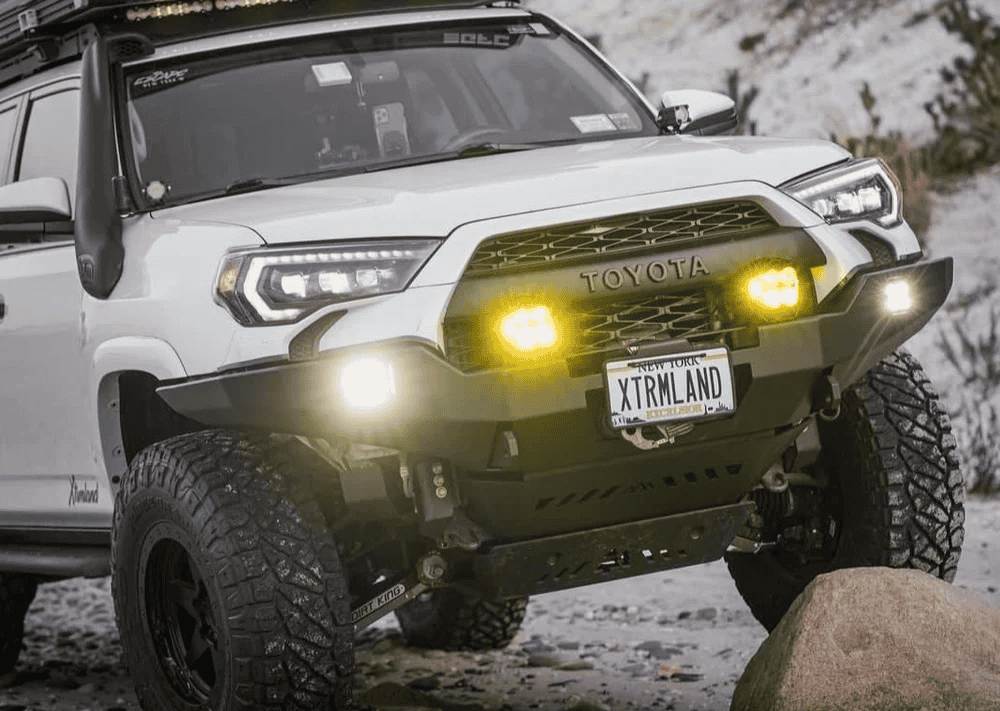Overland Vehicles

A gravity water filtration system uses the weight of water to push fluid through a filter without pumps or power. At its simplest, you suspend a dirty water reservoir above a clean container, connect them with tubing, and let physics do the work. The filter sits inline and traps contaminants as water flows to the lower vessel. These systems shine at basecamp because they work while you cook, set up camp, or plan the next leg.
Most filters in this category target sediment, protozoa, and bacteria. Ceramic elements block pathogens with microscopic pores. Hollow fiber membranes use bundles of tiny straws that trap contaminants by size. Activated carbon reduces chlorine and off tastes, and can lower some volatile organic compounds. The final performance depends on pore size, media type, and contact time as water passes through.
Viruses are smaller than bacteria and generally require specialized media, purification tablets, or a secondary treatment step. If your route includes regions with questionable sanitation, plan a multi barrier approach. In clear alpine streams or typical North American backcountry, gravity systems with bacterial protection are a strong foundation for daily drinking and cooking needs.
A typical setup includes four parts: dirty bag or bucket, hose, filter, and clean container. Elevation difference is the engine. The greater the drop between reservoirs, the faster the flow. Dirty water that is cloudy will clog pores and slow everything down, so a quick prefilter makes a big difference. Let grit settle, pour through a bandana or coffee filter, and you will protect the main element for weeks.
Flow rate varies by media. Hollow fiber tends to be fast when new, while ceramic is slower but durable and field cleanable. Activated carbon improves taste but adds resistance, so expect a modest flow reduction when carbon is included. Real world rates land between one and four liters per minute in clean water with a decent hang height and short hose runs.
Sizing matters. Solo travelers can get away with compact bags and one to two liters per cycle. Groups benefit from larger reservoirs to avoid constant refills. Keep the clean container sealed or capped during filtration to prevent recontamination. Color coding hoses and vessels, or labeling them clearly, prevents mix ups in the dark or when multiple people share camp duties.
The hang is the heart of the system. A tree limb, roof rack crossbar, or tripod stand provides the height you need. Keep hose runs short and avoid tight bends to preserve flow. In freezing conditions, insulate the filter and store it in a pocket overnight to protect the media from ice damage.
Maintenance is simple but non negotiable. Backflush hollow fiber regularly to restore flow and purge trapped silt. Scrub ceramic with a clean pad to expose fresh surface as it loads with sediment. Replace carbon as directed to maintain taste and odor reduction. Between trips, dry components thoroughly and store in a cool, clean bin to discourage mold.
Field failures are rare when you follow a routine. Carry a spare gasket and a small clamp to stop a surprise drip. Pack a backup solution such as tablets for contingencies. Keep a log of filter cleaning dates and total liters processed, especially on longer routes, so you know when to service or swap media.
Treat source selection as your first filter. Choose flowing water over stagnant pools, fill upstream from crossings, and avoid areas with heavy livestock presence. Preclear cloudy water. Keep separate containers for raw and finished water. Sanitize the clean container periodically. These habits work alongside the filter to keep everyone healthy.
For overland travel and extended road trips, pairing a gravity water filtration system with smart storage makes daily life easier. Mounting points near a tailgate or side door provide a stable, repeatable hang. Dedicated fill ports on a galley tank or jerry can cut down on spills. A simple bracket for drying hoses and a labeled kit bag reduces camp chaos.
If your adventures are trending farther off pavement, it may be time to integrate filtration into a purpose built vehicle system. See how we outfit travel ready platforms on our overland rigs page. Our team designs secure water storage, gravity feed stations, and protected filter placements that are easy to service on the trail.
We also craft tailored solutions that pair gravity filtration with onboard tanks, sinks, and exterior rinse points. Explore options and examples on custom overland upfit. Curious how we work and what to expect from design to handoff in Fayetteville Arkansas? Learn more at why choose OZK Customs.
Clean water should never be a question mark. If you want a rig that makes filtration effortless, we can build a system around your routes, group size, and storage plan. Tell us where you roam, and we will map a reliable solution that keeps your camp running smooth.
Planning a rig that makes clean water simple every day on the road? OZK Customs integrates gravity filtration, fill stations, and secure storage into complete builds and partial upfits. Tell us how you travel, and our team will design a dependable, easy to maintain water system around your routes. Start your build conversation today.
ADDRESS:
6159 E Huntsville Rd, Fayetteville, AR 72701
PHONE:
(479) 326-9200
EMAIL:
info@ozkvans.com